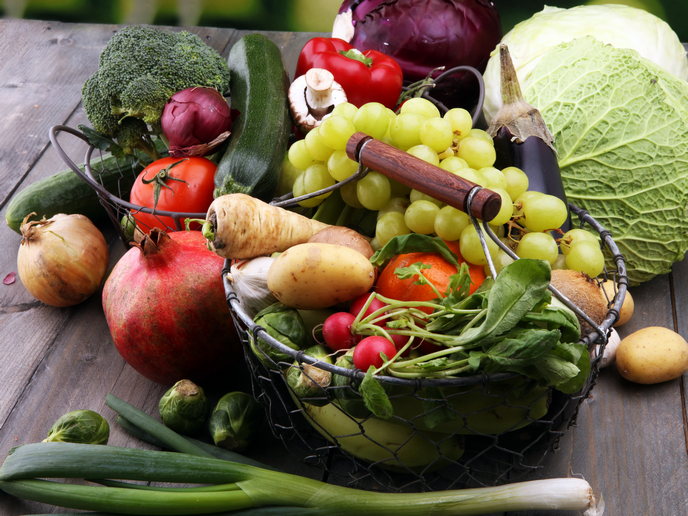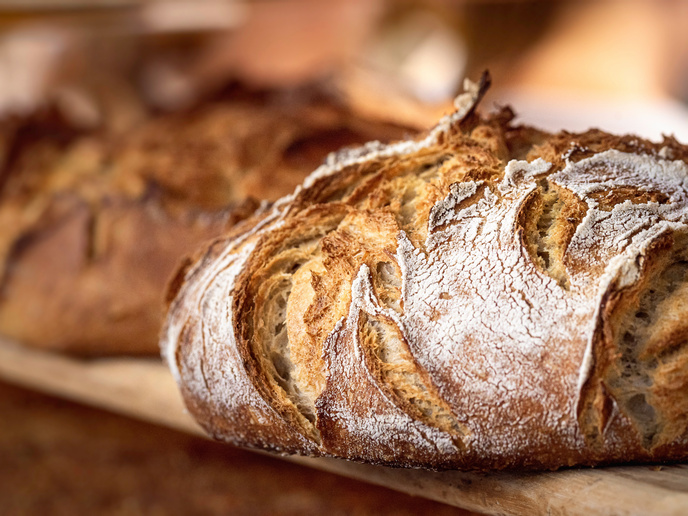Cheers! A better tipple from new yeast strains
Europe’s renowned beers and fine wines are enjoyed around the world. But its brewmasters and vintners face stiff competition from international rivals. One way to maintain their pre-eminence in the global market is to create unique and exciting aromas and flavours for their products. With the support of the Marie Skłodowska-Curie Actions programme(opens in new window), the Aromagenesis(opens in new window) project stepped in and trained the next generation of researchers with the knowledge and expertise necessary to expand the European beer and wine industries. Consortium members from academia and industry provided talented early-stage researchers (ESRs) with a comprehensive understanding of yeast genetics, synthetic biology, flavour chemistry and fermentation technology. Overall taste and aroma of a beverage result from complex metabolic reactions performed by yeast during fermentation. By understanding how yeasts contribute to the complex mix of flavours and aromas associated with beer and wine as well as other drinks like cider, producers can enhance fermentation technology and improve their products.
A taste of something new
The ESRs studied the genetic, molecular and biochemical networks involved in the production of flavour and aroma compounds in wine and beer fermentation. “Using the knowledge gained from this in-depth analysis we can generate new strains of yeast with improved or more varied flavours,” says project coordinator Ursula Bond. Researchers screened conventional wine and beer yeasts as well as non-conventional yeasts, to identify previously uncharacterised strains with desirable flavour profiles for today’s wine and beer industries. Using this new knowledge, they developed several strategies – all involving non-GMO techniques – to generate new yeast strains with enhanced or altered flavour profiles. “These strategies included inducing changes in the copy number of chromosomes, an approach that was especially important to the polyploid(opens in new window) yeasts used in making lager beers,” comments Bond. She adds: ‘We also induced changes in the regulation of biochemical pathways responsible for the production of higher alcohols and esters, the compounds responsible for flavour and aroma produced during fermentation.”
Sweet smell of success
The range of flavour compounds produced by yeast during fermentation was expanded through a novel approach that applied new techniques to generate original yeast hybrids and improve their formation. Traditional breeding was also used to combine desired flavour profiles of identified yeasts. In-depth genome and transcriptome analyses provided insights into the complex gene expression patterns underlying flavour production and identified key genes involved in the process. Underpinning all these genetic approaches was the development of novel ways to detect and quantify the compounds responsible for flavour and aroma production. “This involved exploring new ways to trap these compounds and to improve technology to quantify the previously known and unknown compounds,” notes Bond. “Finally, research was conducted to explore the biotic and abiotic influences on the fermentation process and to develop strategies to improve the processes,” she concludes. The bank of yeast strains with improved flavour characteristics generated during this project may be exploited through patenting or licensing. This approach can also be used to develop novel yeast ‘cell factories’ for the sustainable biomanufacturing of pharmaceuticals, chemicals and fuels.







